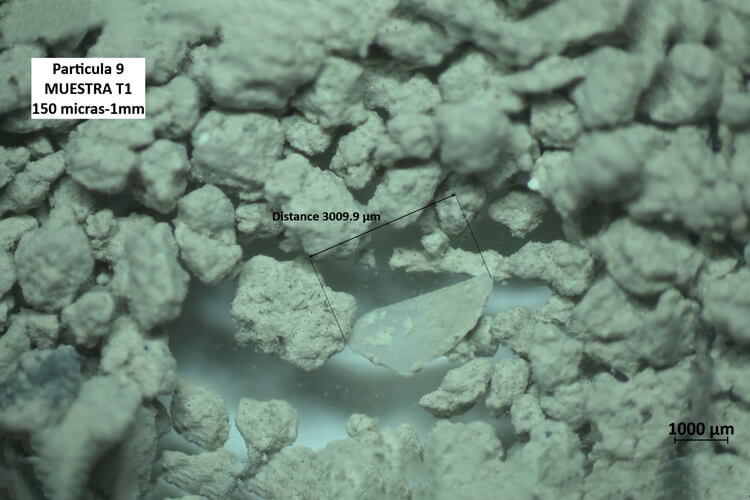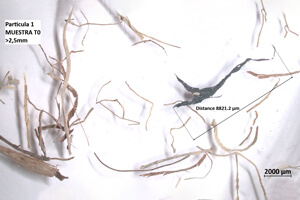Microplastics in Soil
In general, microplastics (MPs) are all polymeric particles less than 5 mm in size, classified according to their particle size as small (<1 mm), medium (between 1 and 3 mm), and large (between 3 and 5 mm). Their size is important as plastic materials can be absorbed by the cells of living beings depending on the dimensions.
Microplastics are pollutants that are of great concern which can be found both in aqueous environments and in terrestrial soil. The UN has dedicated World Environment Day 2023 precisely to finding solutions for these pollutants.
MPs can be classified into:
- Primary microplastics, which are polymeric particles of manufactured origin with a small size that are discharged directly into the environment.
- Secondary microplastics, or particles formed by the degradation of larger plastic objects such as bags, containers, fabrics, and so on.
The presence of microplastics has been widely detected in aquatic ecosystems and the oceans, but their appearance in agricultural and crop soil is also concerning, and they come from sources as diverse as: polymeric plastic films for the mulching process or covering crops to protect them and control irrigation, made with polyethylene, although more and more biodegradable polymers are used; plastics from municipal waste and sewage sludge; or plastic-coated fertilizers, among others.
Currently, there is no standard procedure or protocol for assessing and quantifying the presence of MPs in soil.
 Methodology for analysing microplastics in soil
Methodology for analysing microplastics in soil
Within this context, the Materials Engineering (GEMAT) Group’s Science Laboratory at IQS has recently worked on a study to establish an analytical methodology to detect the presence of microplastics in sediment and soil samples and characterize them. The study has been conducted in collaboration with the Enzymology and Bioremediation of Soil and Organic Waste Group from the CEBAS – CSIC Segura Centre of Edaphology and Applied Biology in Murcia.
One of the challenges presented by this type of determination is the presence of high amounts of organic matter present in agricultural soil, which carry significant amounts of plastic materials in the digestion processes of the samples. This type of matter can interfere with determining the presence of microplastics. Although there are methodologies for treating samples by the wet route (in order to destroy this organic matter), it cannot be ensured that the treatments applied do not affect the possible MPs present in the samples, nor that all MPs respond in the same way.
For this reason, and to minimize the manipulation of the samples which can lead to losses of the MPs that are present, a methodology has been developed that starts with sieving the samples to separate the different granulometries that are present, then performing both a morphological and an infrared (IR spectroscopy) analysis of them. This is a more labour-intensive methodology, but if it ensures that representative samples are available it offers much more reliable results.
The morphology of the detected MPs has been analysed using a ZEISS Stemi 508 microscope, while their chemical characterization by microscopy coupled to IR spectroscopy has been carried out with the Thermo SCIENTIFIC NICOLET IN10 MX/diamond cell/MCT detector instrument. This system allows the characterization of particles up to 15 microns in size. For smaller particles, complementary techniques such as microscopy coupled to RAMAN spectroscopy must be used, which is also available in the GEMAT group’s laboratories.
Using the methodology described above, it has been possible to successfully demonstrate the presence of microplastics in certain samples that formed part of the study carried out.


 Methodology for analysing microplastics in soil
Methodology for analysing microplastics in soil
